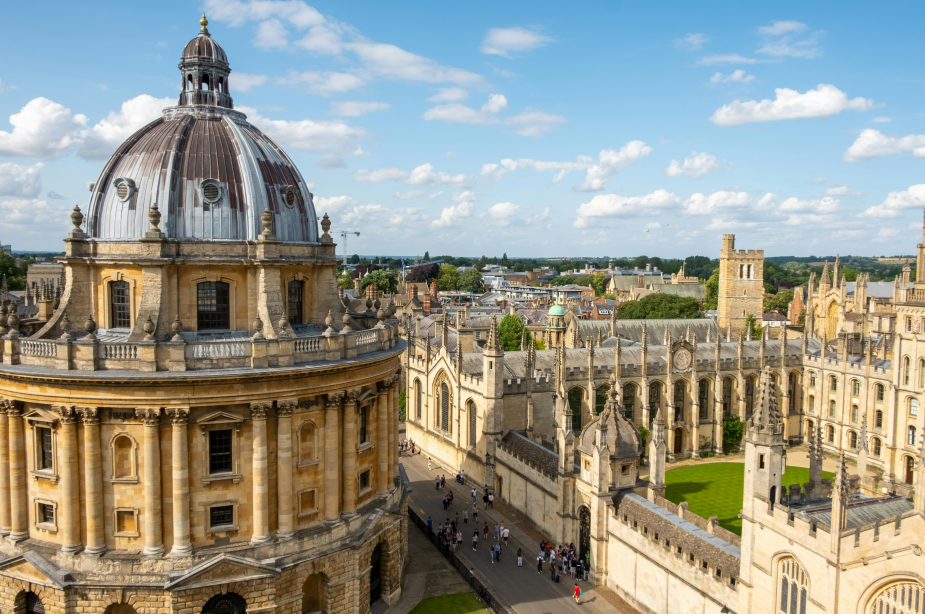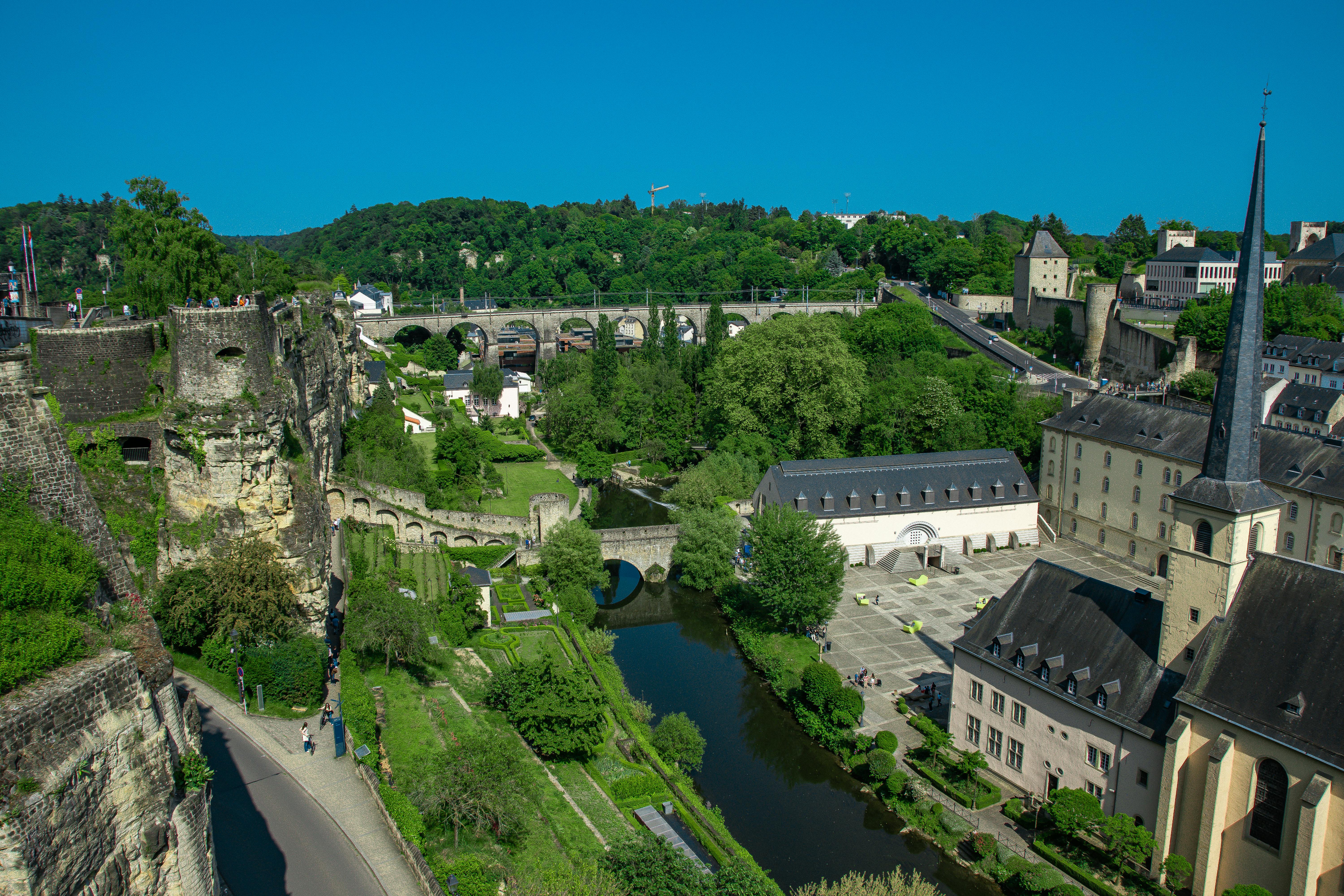What are the greenest cities in Europe? In this world full of modern technology and urbanisation, a green and healthy life has become the goal pursued by more and more people. Europe not only has a long history and a forward civilisation process, but also is at the forefront of the world in terms of green and sustainable development. Under the current situation of global warming, becoming a green city is a badge of honour. If you were to choose the most eco-friendly and greenest city in Europe, what would you value? Lush parks, syed streets, vast grasslands, primitive forests, or universal green infrastructure, the use of renewable energy? In this guide, we will discuss which are Europe’s greenest cities, hoping to provide you with some references.
Top 10 Greenest Cities Europe
What are the criteria for judging Europe’s greenest cities? This should take into account not only natural aspects but also humanistic factors. The top 10 European greenest cities listed in this blog are based on five scoring criteria:
- Green spaces
- Air quality
- Pollution index
- Life quality
- Life expectancy
The following is the list of top 10 greenest European cities.
| Top 10 Greenest Cities Europe | |||||
|---|---|---|---|---|---|
| Cities | Green Spaces (100 best) |
Air Quality (100 best) |
Pollution Index (0 best) |
Quality of Life (100 best) |
Life Expectancy (yesrs) |
| Oslo, Norway | 87 | 75 | 23 | 91 | 82.5 |
| Stockholm, Sweden | 85 | 70 | 25 | 89 | 82 |
| Vienna, Austria | 85 | 65 | 30 | 93 | 81 |
| Ljubljana, Slovenia | 78 | 60 | 27 | 81 | 79 |
| Copenhagen, Denmark | 83 | 80 | 25 | 89 | 81.5 |
| Lisbon, Portugal | 80 | 55 | 37 | 82 | 81 |
| Tallinn, Estonia | 76 | 65 | 30 | 76 | 78 |
| Vilnius, Lithuania | 75 | 60 | 32 | 76 | 77.5 |
| Amsterdam, Netherlands | 82 | 50 | 40 | 87 | 82.5 |
| Paris, France | 79 | 40 | 55 | 83 | 82 |
Europe’s Greenest Cities
Oslo, Norway
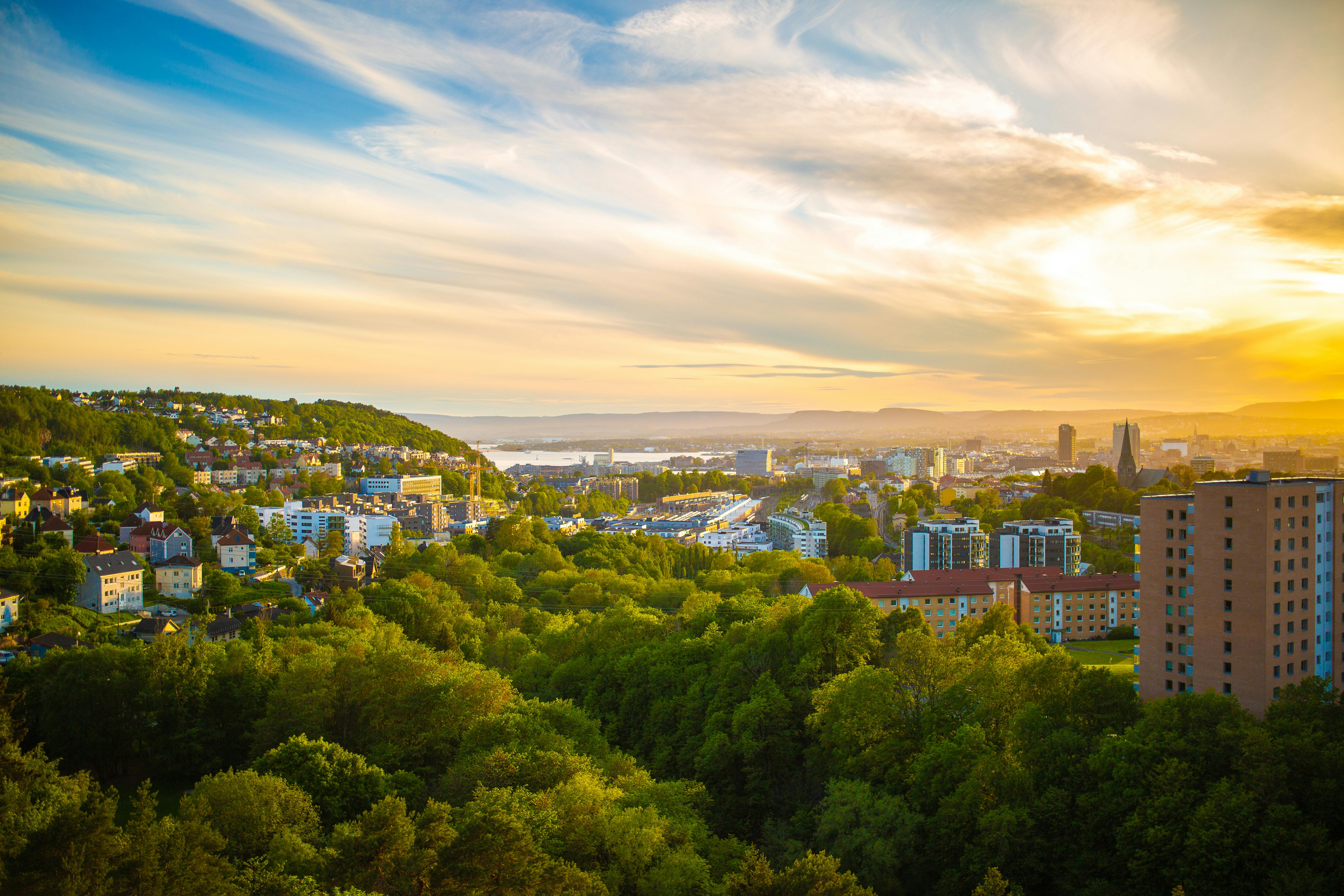
Oslo is renowned as the greenest city in Europe for its lush green spaces. The green spaces encompass over 2,000 hectares of parks and forests which occupy nearly a third of the whole city. You are offered a perfect chance to escape into nature in Oslo. There are lots of scenic spots, such as the Vigeland Park and Nordmarka Forest.
Living in the city also enjoys fresh air for its focus on sustainable living and low industrial emissions. Therefore, the pollution index of Oslo is among the lowest in European continent.
The quality of life in Oslo is quite high. It offers complete public services, pay attention to security, and promote environmental sustainability. Consistently ranking as one of the happiest cities, Oslo provides the residents with an exceptional healthcare. It encourages people to seek the balance between work and life. This contributes to a life expectancy of around 82 years averagely.
Stockholm, Sweden
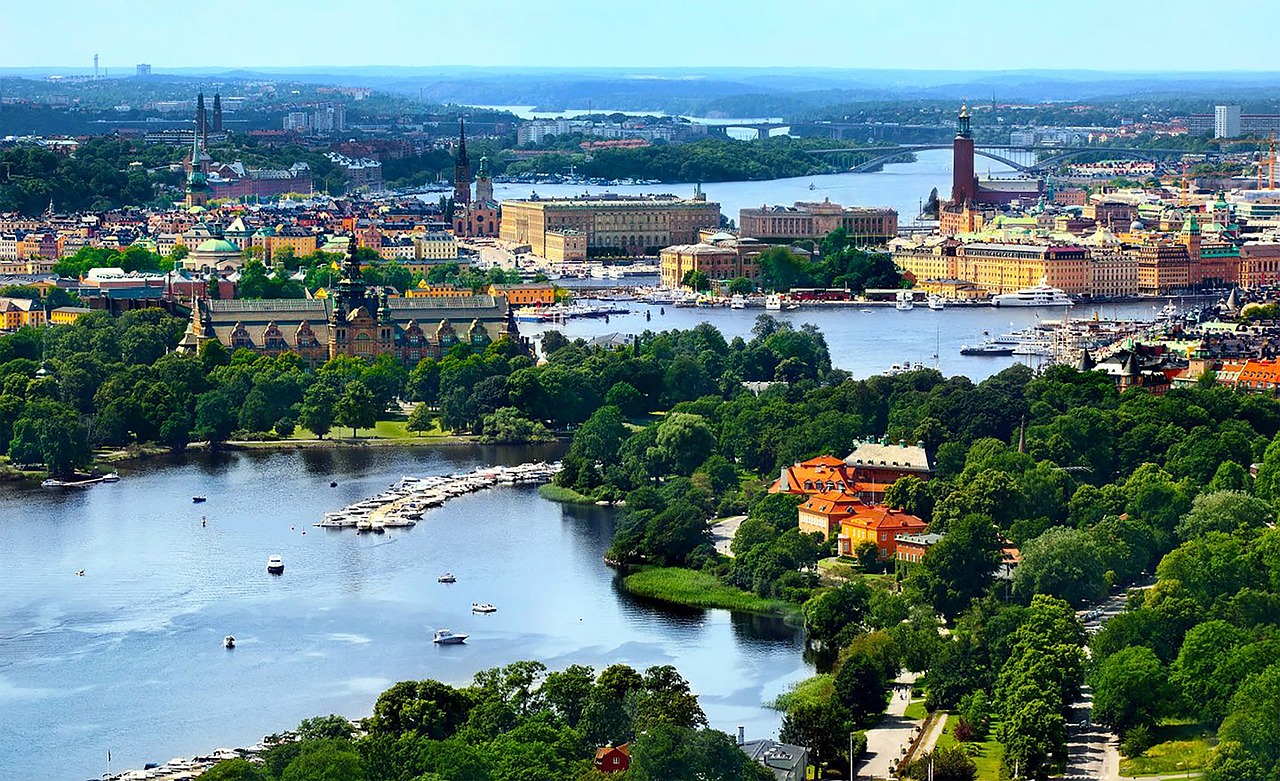
AS a famous green city in Europe, Stockholm owns over 1,000 parks and islands which cover approximately 4,000 hectares of green land. The archipelago and green areas in Stockholm include Djurgården and Kungsträdgården. Stockholm is called “a haven for outdoor lovers”.
The city is also proud of the high-quality air quality. This benefits from the transport and energy policies with eco-friendly consciousness. With a low pollution index, Stockholm also shines in terms of quality of life. It is quite famous for the insist on sustainability and social welfare for citizens. As a result, it is also one of the world’s happiest cities. The life expectancy here is around 82 years which is supported by a strong healthcare system and a high standard of living.
Vienna, Austria
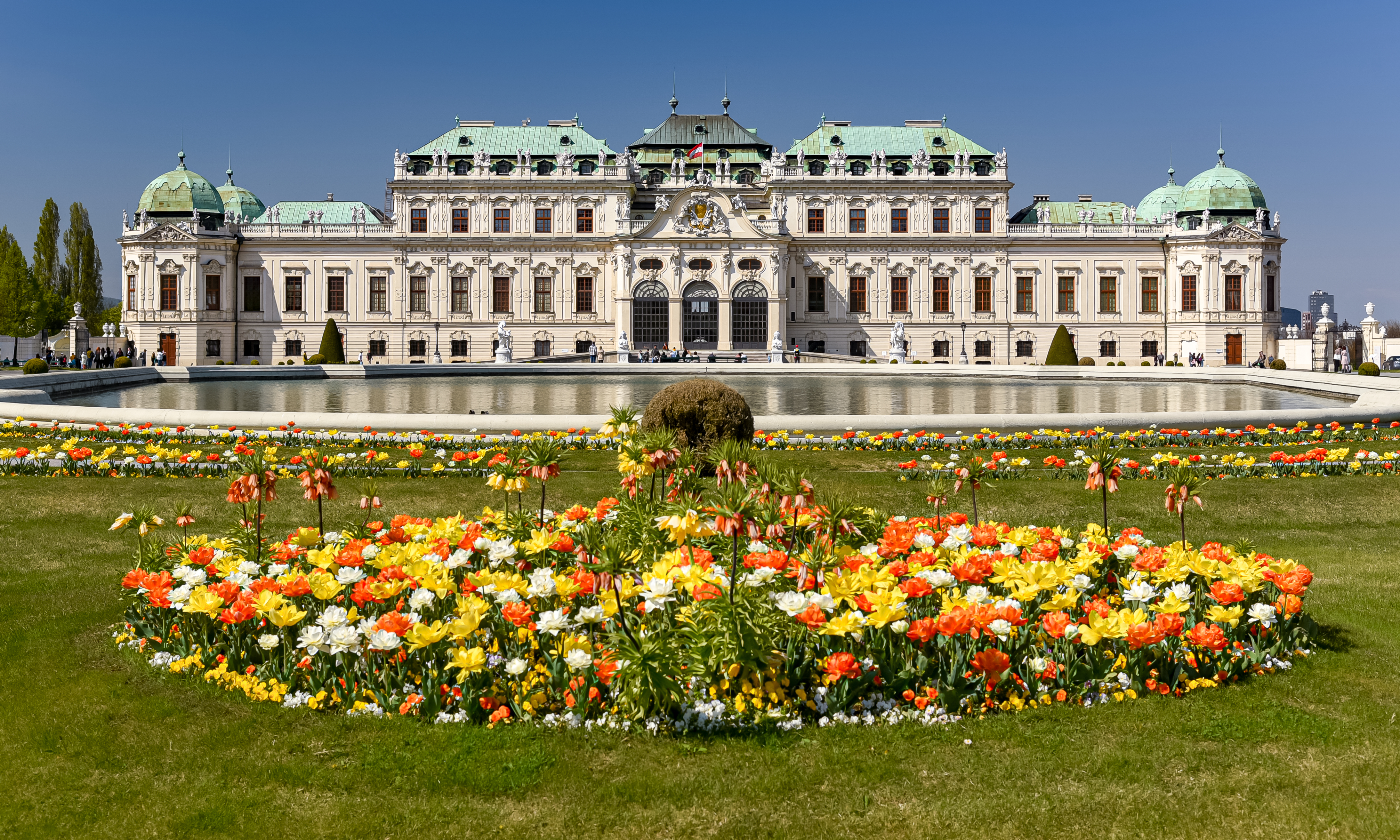
Vienna is one of the greenest cities in Europe where green meets grandeur. It provides residents with over 2,000 hectares of public parks, gardens, and forests. For example, the famous Prater Park is quite popular for both residents and tourists. In addition, the green spaces are perfectly integrated into the city’s urban landscape.
The air quality in Vienna is good. Vienna government has made tremendous efforts to reduce pollution through very strict environmental policies. The pollution index in this city is relatively low, but it is improving. The city commit to promote the sustainability of environment.
Vienna regularly ranks at the top in the aspect of quality of life. The excellent healthcare, cultural diversity, and social safety guarantee are the main factors. With a life expectancy of around 81 years, Vienna actually offers a blend of comfort and longevity.
Ljubljana, Sloveni
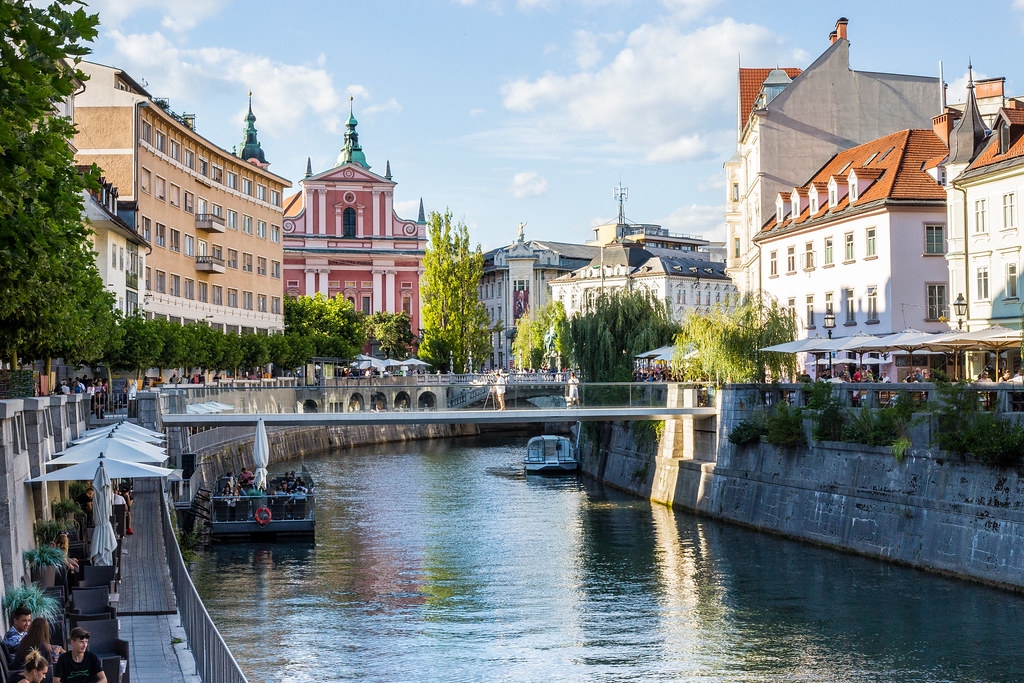
Ljubljana, while smaller, also stands out the greenest city in Europe. It is blessed with green spaces, so it is called the charming and eco-friendly capital. The city covers about 500 hectares of parkland, among which are the beautiful Tivoli Park and green corridors along the Ljubljanica River.
Ljubljana promotes cycling and the use of public transport. This contributes to the high quality of air and lower pollution index. In Ljubljana, the quality of life is improving at a stead pace. Living there can benefit from the affordable living costs, a relaxed pace of life, and a focus on sustainability of development. The life expectancy in Ljubljana is around 80 years. It also reflects the complete health care system to some extent.
Copenhagen, Denmark
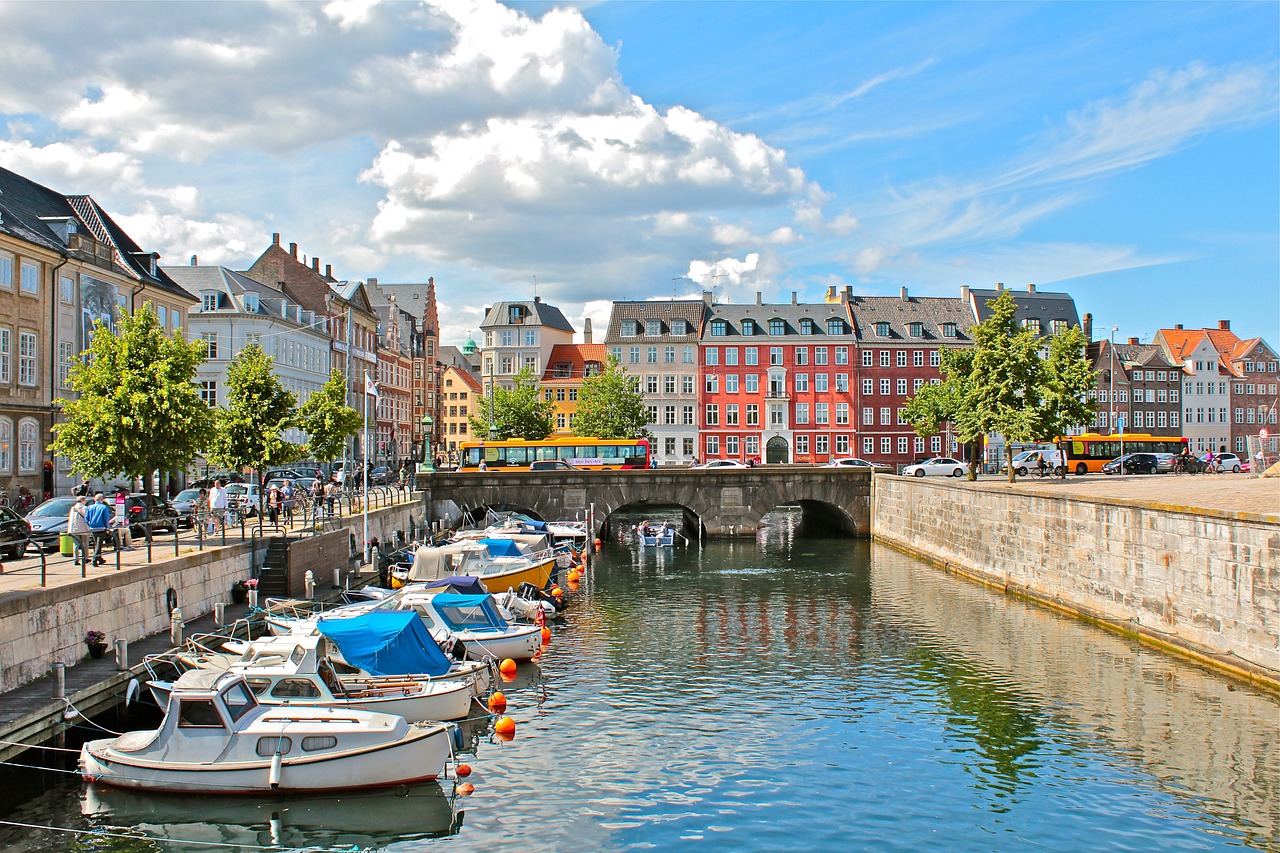
A greenest city in Europe—Copenhagen is a model of urban sustainability. Over 2,000 hectares of green spaces in Copenhagen include beautiful parks like King’s Garden and the ever-popular Fælledparken.
The city is also renowned for the clean air. Except for Copenhagen’s commitment to cycling and public transport, an important reason is the developing of renewable energy. Copenhagen’s pollution index is low which can be attributed to wonderful environmental policies. The city consistently ranks high in terms of life quality. The strong social security system in Copenhagen really helps. Copenhagen often ranks among the happiest cities. Good living conditions foster longevity, so the residents there averagely have a life expectancy of 82 years as a result.
Lisbon, Portuga
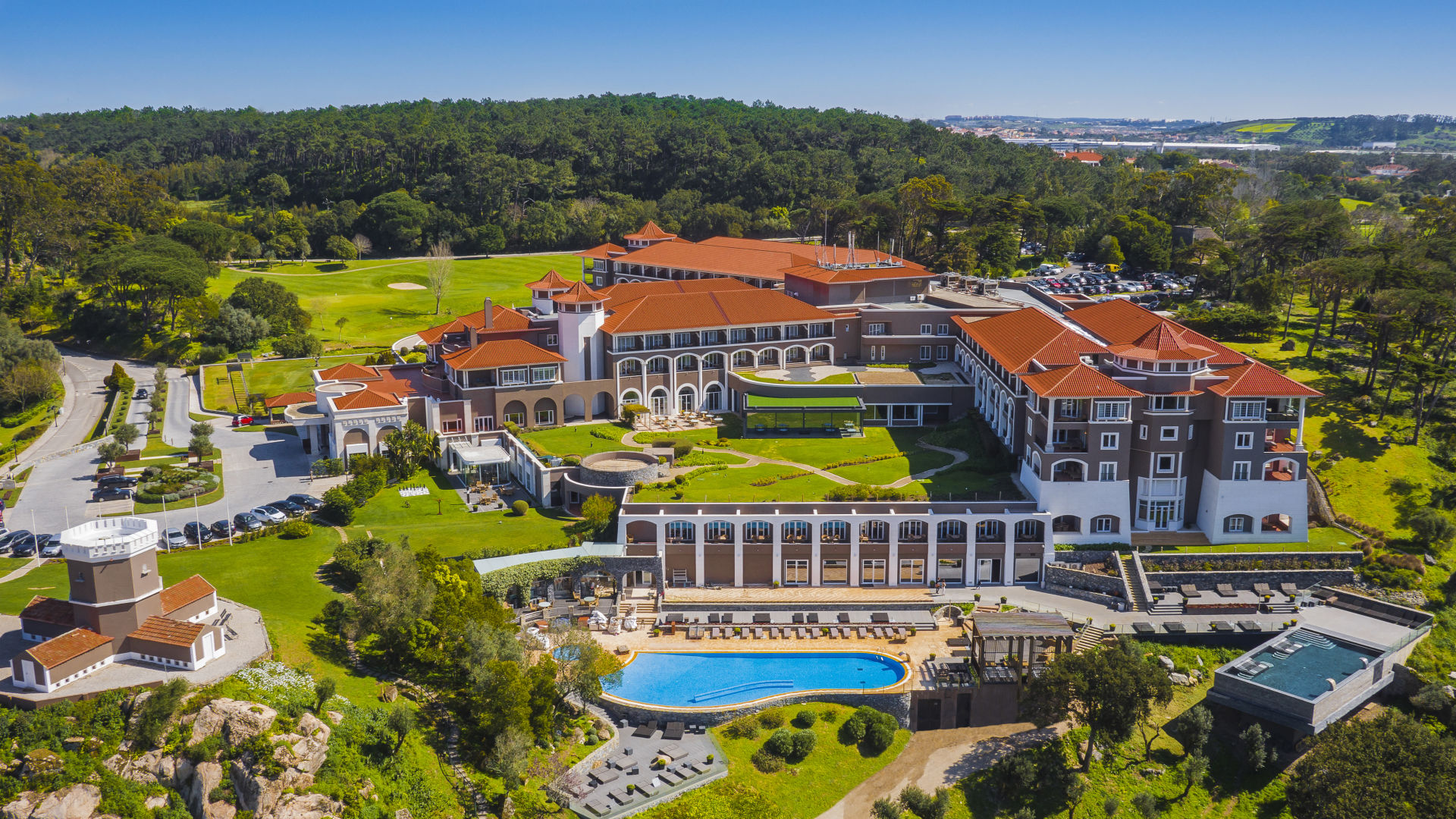
Lisbon is a special one of the Europe’s greenest cities. Lisbon is quite a charming city where the historical beauty are coexisted with natural green spaces which cover approximately 1,000 hectares. The Eduardo VII Park and Monsanto Forest offer refreshing places for citizens to escape from the modern city life.
Lisbon’s air quality is good. There is pollution occasionally during the peak traffic hours, but the pollution index is moderate. Lisbon has always been an attractive city with an cheaper expense of living, a mild climate, and a colorful culture. Abundant cultural heritage bolsters the city’s beauty. Life expectancy in Lisbon are at about 81 years, which benefits from healthcare system and lifestyle in Portugal.
Tallinn, Estonia
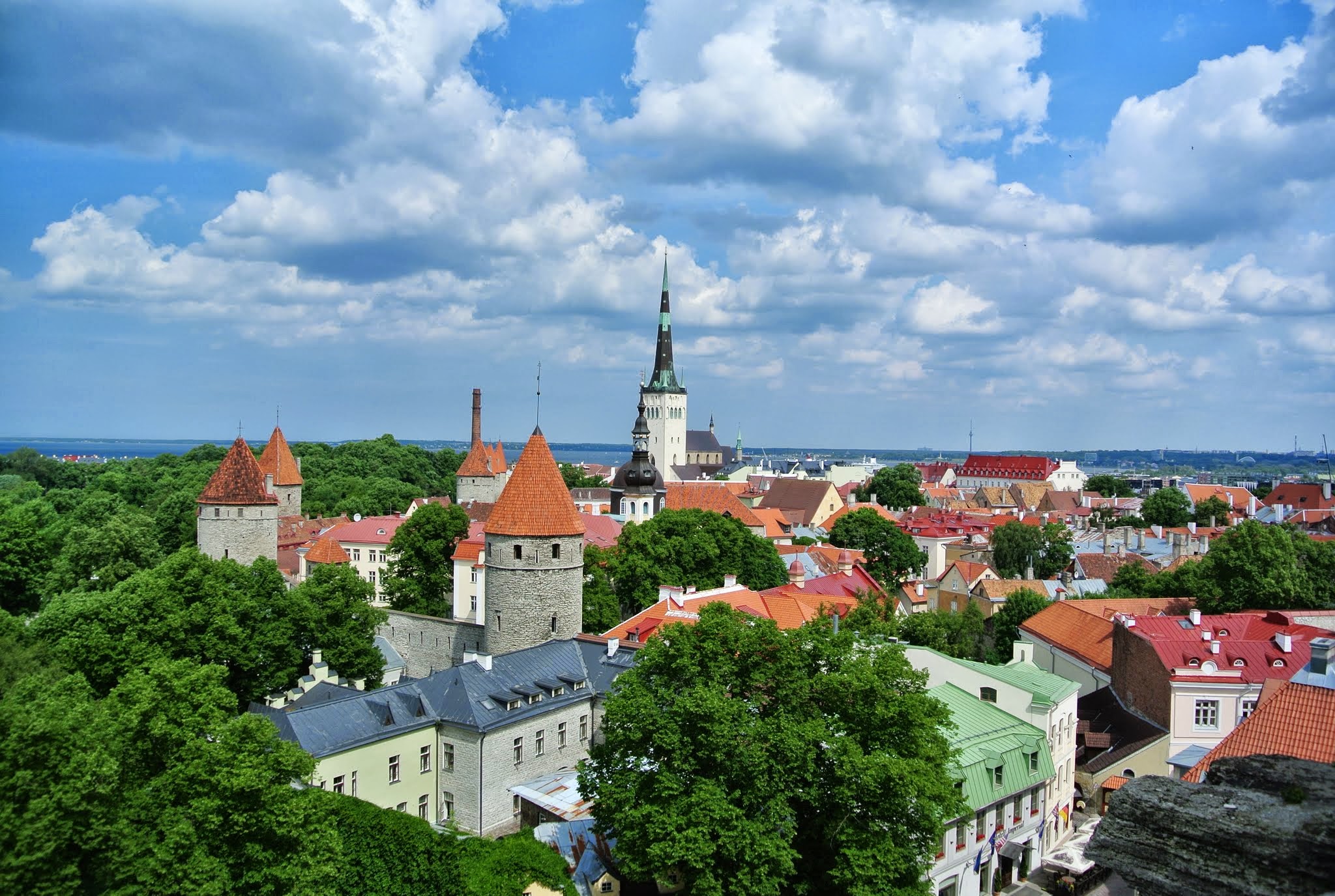
Tallinn is among the greenest European cities where nature is never far away. Its green land is relatively small which occupies over 500 hectares, but it has famous Kadriorg Park and surrounding forests. Tallinn provides a serene backdrop to the urban landscape.
Residents living in this city all benefit from good air quality and relatively low pollution. Tallinn is also a city which actively promotes sustainability. Compared to larger cities, Tallinn’s pollution index is low.
Tallinn’s quality of life is rising. It provides a high standard life with residents, which includes a strong digital infrastructure, affordable housing costs, and a safe environment to live. Tallinn’s 78-year life expectancy is driven by Estonia’s improvement on healthcare.
Vilnius, Lithuania
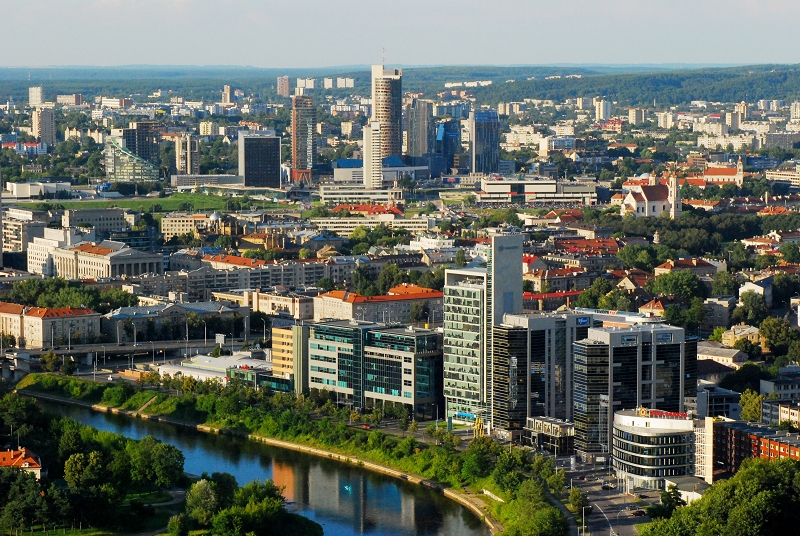
Vilnius, ranks as a green city in Europe, spans over 600 hectares of parks and natural reserves. Its beautiful green spaces include the peaceful Vingis Park. The air quality in Vilnius fluctuates with traffic congestion in certain areas, but it is accepted. The pollution index there is low, which has been improving in recent years. This can be explained by the environmental policies taking effect.
Quality of life in Vilnius is good. This city can offer a safe environment and affordable living for residents. While it is still developing, Vilnius already ranks high for its cultural scene and social security system. Life expectancy here is about 78 years, benefiting from Lithuania’s improving healthcare.
Amsterdam, Netherlands
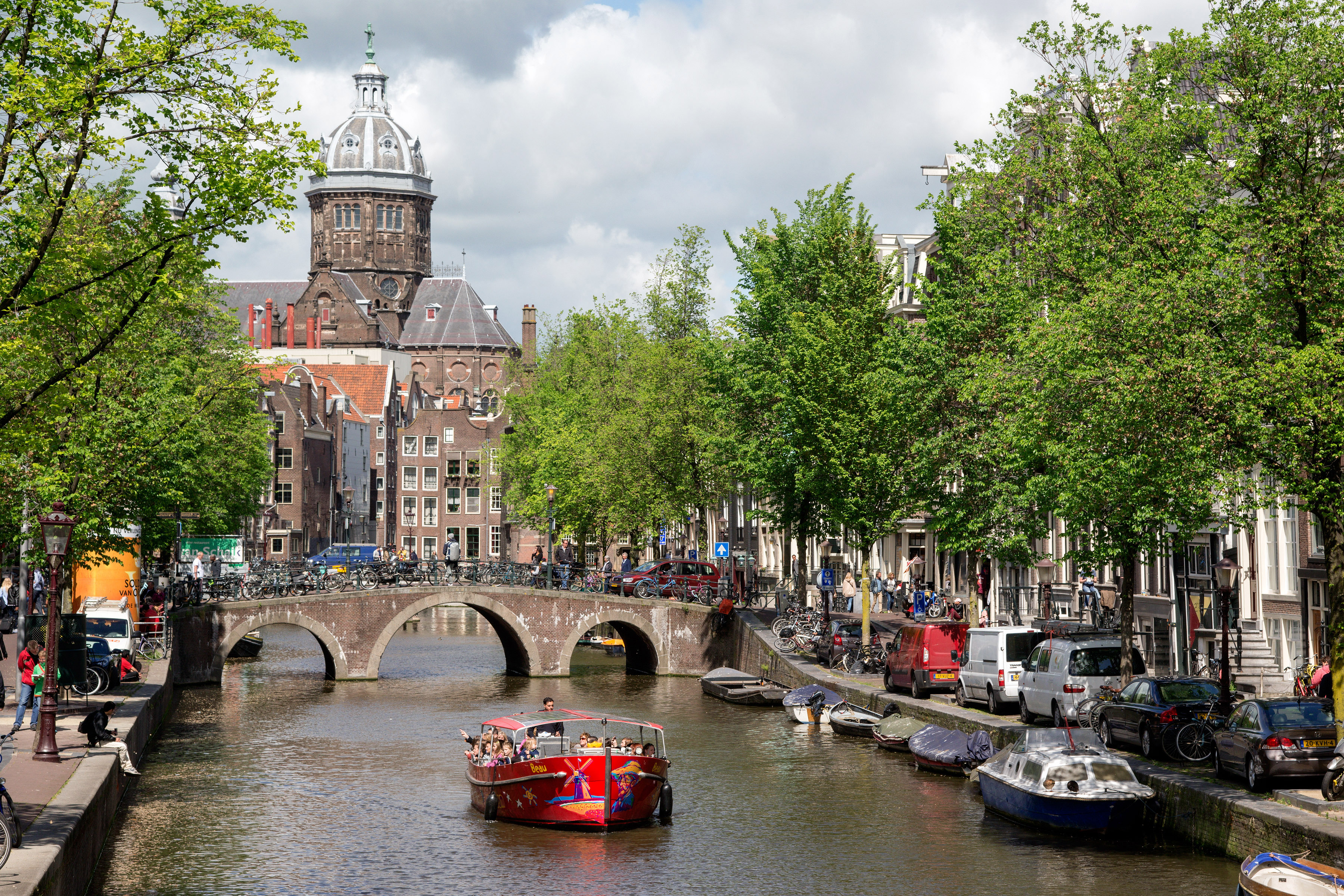
Amsterdam is a greenest city in Europe of canals and parks, with over 2,500 hectares of green spaces. The expansive Vondelpark and nearby Amsterdamse Bos are famous sites for both residents and tourists. The city enjoys good air, although air pollution can also sometimes rise during rush hour. The pollution index is well-managed through strict environmental regulations in Amsterdam.
Amsterdam’s quality of life is exceptionally high. There are excellent public services, healthcare, as well as a colorful cultural atmosphere. Amsterdam ranks high in terms of sustainability and happiness. The life expectancy is about 82 years, thanks to a healthy lifestyle of people in Amsterdam.
Paris, France
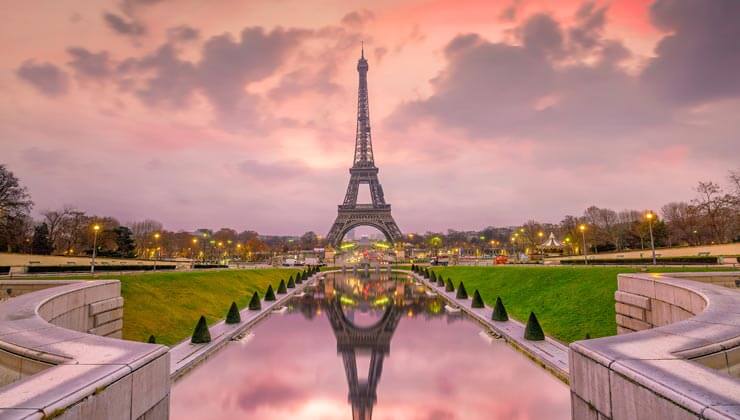
Paris is quite the greenest capital city in Europe with its beautiful gardens and parks like the Luxembourg Gardens and Bois de Boulogne. It owns around 1,300 hectares of green spaces within the modernized city. However, as the result of the economic development, the air quality in Paris can fluctuate particularly. The pollution index is relatively high at times due to traffic and industrial emissions.
Paris still has an excellent quality of life. With its cultural richness and unique social scene, Paris attracts numerous people there to settle down. Though the city faces some challenges of pollution, it remains a hub of art, fashion, and history in France. Life expectancy in Paris is around 82 years. This should be attributed to France’s Mediterranean-influenced diet.
Greenest Cities Europe with Public Green Parks
We has introduced 10 greenest cities in Europe, among which there are plenty of parks. The construction of parks shows the green programs of a city to a great extent. Let’s take a look at the number of those parks.
- Stockholm-1,500
- Oslo-1,000
- Vienna-1,000
- Paris-450
- Ljubljana-200
- Copenhagen-150
- Tallinn-100
- Amsterdam-100
- Vilnius-70
- Lisbon-60
Greenest Cities Europe with Sustainable and Green Career
Sustainability is an important goal for human future development. Some people choose to contribute to combat global climate change and creating a green earth through their own work. Do you also have such a desire? Among the 10 greenest cities in Europe, we have surveyed which cities offer green job opportunities to help you choose to pursue a sustainable career. Of course, we will also list the average salary of these occupations for your consideration.
Paris, France:
- 12,015 jobs in sustainability
- 677 jobs requiring green skills
- Average salary-€2,673
Stockholm, Sweden:
- 4,045jobs in sustainability
- 182 jobs requiring green skills
- Average salary-€2,896
Amsterdam, Netherlands:
- 1,179 jobs in sustainability
- 307 jobs requiring green skills
- Average salary-€3,490
Actually, out of the list of the greenest city in Europe, there are several other European cities offering large amounts of relative job opportunities.
London, United Kingdom:
- 10,417 jobs in sustainability
- 2,784 jobs requiring green skills
- Average salary-€3,461
Lyon, France:
- 10,554 jobs in sustainability
- 846 jobs requiring green skills
- Average salary-€2,577
Methodology
The used measurement criteria of the greenest cities in Europe are detailed analysed as follows:
Green spaces
Green spaces mainly include the parks, gardens, nature areas and forests. The measurement of green spaces of the cities involves evaluating the availability,quality and accessibility of these spaces. That is to say it considers the green space per capita, green space density, the environmental initiatives and urban planning of the city, and the city’s green policies.
Air quality
Influencing factors of quality of air usually include various pollutants, weather conditions, and the city’s policies for environmental management. In our daily life,common polluted factors include PM2.5, ozone, and carbon monoxide. They would directly impact the air quality index (AQI).
Pollution index
The judging factors of the pollution index are multifaceted, covering the concentration of major pollutants in the air (such as PM2.5, ozone, NO2, etc.), environmental and climatic conditions, types of pollution sources, and the coverage rate of green space, etc.
Quality of life
Measuring quality of life is multi-dimensional. It includes the sustainability and happiness, human development, physical environment and so on.
Life expectancy
Expectation of a life refers to the average length a person is expected to live. It is based on a variety of factors, such as the current health conditions, living standards, medical care system, choices on lifestyle, and environmental impacts.
Conclusion
Except for the 10 greenest cities in Europe we mentioned in this guide, there are so many other green cities like London, Lyon, Helsinki, Zurich, Bruges…… Most sustainable and environmentally conscious cities in the world are located in Europe. They all own a growing commitment to enhancing urban green spaces. Vienna is developing the projects of lush parks, and Copenhagen promotes the eco-friendly initiatives. These cities consider green spaces as priority in order to enhance the space for residents’ leisure and recreation. More and more cities adopt sustainable urban plan and put into practice. We can expect greener cities to continue. We will also contribute to the fight against climate change on this earth.
If you are a student who wants to study in Europe, you may need to find a student accommodation in Paris, or a student accommodation in London, welcome to our website! We have 1-on-1 professional support, verified listings, price-match guarantee, and exclusive offers, which would make sure of finding the best apartment for you.
FAQ
What are top 10 greenest cities Europe?
Top 10 greenest cities in Europe are: Oslo, Norway; Stockholm, Sweden; Vienna, Austria; Ljubljana, Slovenia; Copenhagen, Denmark; Lisbon, Portugal; Tallinn, Estonia; Vilnius, Lithuania; Amsterdam, Netherlands; Paris, France.
Which city has the most greenery in Europe?
The most greenery in Europe is in Oslo. Oslo is the capital city of Norway. It is widely recognized for the green spaces. In addition, this city also provides outstanding environmental initiatives and commitment to sustainability of development. The innovation of this city is to integrate nature into urban life. That’s why Oslo stands out in terms of greenery in the world.
.
Is London the greenest city in Europe?
Yes, London is one greenest city in Europe. However, it is not the only greenest city in the world. There are many other Europe’s greenest cities like Vienna, Stockholm, and Oslo. They rank high because of their sustainability and green space.
Which is the greenest capital of Europe?
The green capital of Europe is Oslo. Oslo is the city of Norway. It is widely recognized for the green spaces. In addition, this city also provides outstanding environmental initiatives and commitment to sustainability of development. The innovation of this city is to integrate nature into urban life. That’s why Oslo stands out in terms of greenery in the world.
Which is the city with most green space in the world?
Reykjavík is the city with the most green space in the world. It is the capital in Iceland. Reykjavík may have approximately 40% of the city’s land area dedicated to parks, recreational areas, and other green spaces. The city is proximate to nature. There are mountains, geothermal hot springs, and volcanic landscapes.


